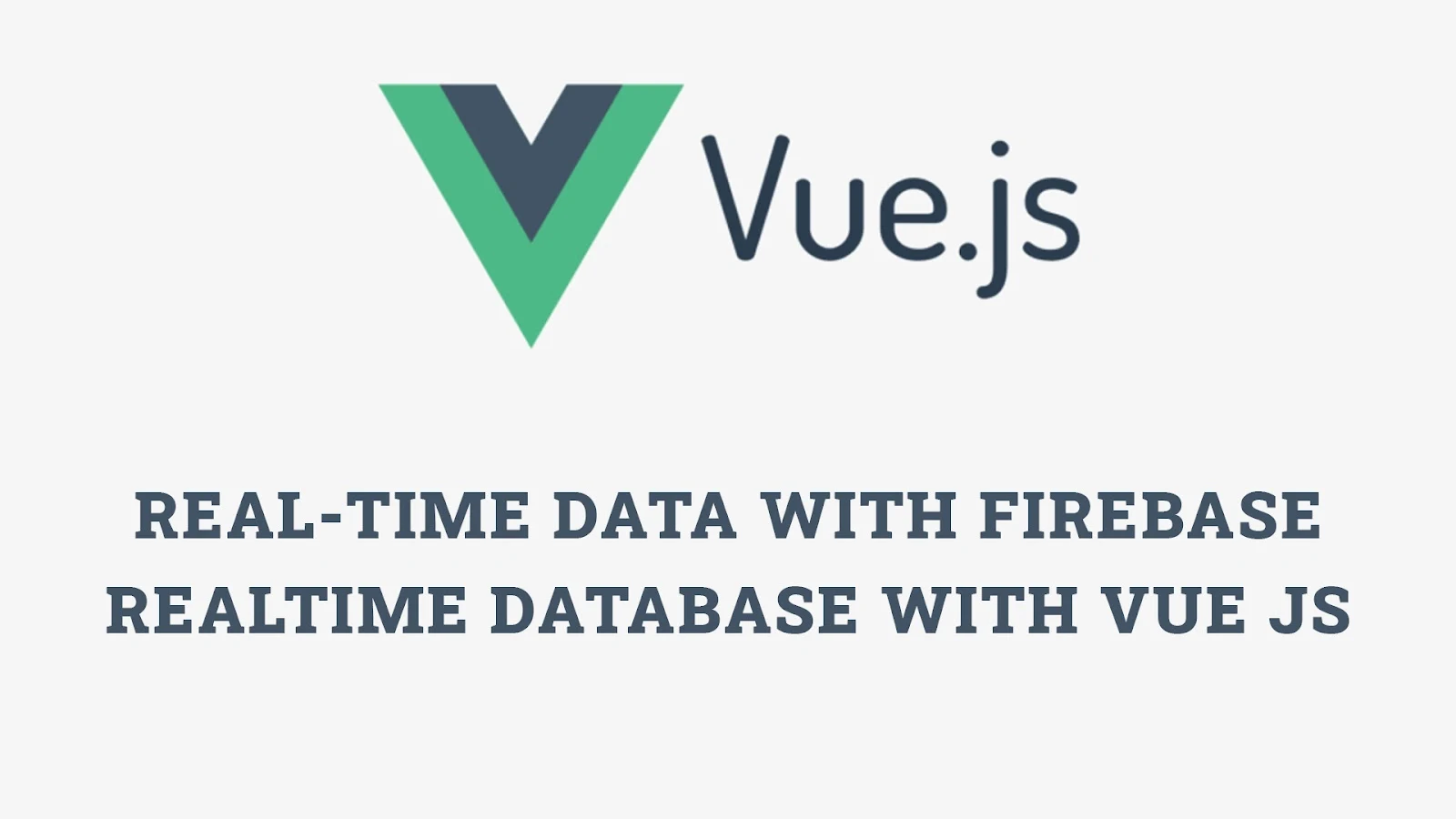Introduction
Firebase Realtime Database is a cloud-hosted NoSQL database that allows you to store and sync data between your users in real time. Integrating Firebase Realtime Database with Vue.js enables developers to build dynamic and interactive web applications with live updates. This article provides a step-by-step guide to using Firebase Realtime Database in a Vue.js project, ensuring that the content is original, detailed, and easy to understand.
Setting Up Firebase Realtime Database
To get started with Firebase Realtime Database, you need to create a Firebase project and enable the Realtime Database in the Firebase Console.
Example: Enabling Firebase Realtime Database
- Go to the Firebase Console.
- Select your project and navigate to the Realtime Database section.
- Click on "Create Database" and follow the prompts to set up your database. Choose the appropriate location and security rules.
Explanation
In the steps above, the Realtime Database is enabled in the Firebase Console. This allows your Vue.js application to use the Firebase Realtime Database for storing and syncing data in real time.
Installing Firebase and VueFire
Next, you need to install the Firebase SDK and the VueFire library, which provides integration between Firebase and Vue.js. You can do this using npm or yarn.
Example: Installing Firebase and VueFire
# Install Firebase and VueFire
$ npm install firebase @vuefire/vuefire
Explanation
In the example above, the Firebase SDK and VueFire library are installed using npm. These libraries will enable you to use Firebase Realtime Database services in your Vue.js application.
Configuring Firebase in Your Vue.js Project
Once Firebase and VueFire are installed, you need to configure Firebase in your Vue.js project by initializing Firebase with the configuration details obtained from the Firebase Console.
Example: Configuring Firebase
// src/firebase.js
import { initializeApp } from 'firebase/app';
import { getDatabase } from 'firebase/database';
const firebaseConfig = {
apiKey: 'your-api-key',
authDomain: 'your-auth-domain',
databaseURL: 'your-database-url',
projectId: 'your-project-id',
storageBucket: 'your-storage-bucket',
messagingSenderId: 'your-messaging-sender-id',
appId: 'your-app-id'
};
const firebaseApp = initializeApp(firebaseConfig);
const database = getDatabase(firebaseApp);
export { database };
Explanation
In the example above, Firebase is initialized in the firebase.js file using the configuration details obtained from the Firebase Console. The Firebase Realtime Database service is also initialized and exported for use in other parts of the application.
Reading Data from Firebase Realtime Database
With Firebase Realtime Database configured, you can read data from the database and display it in your Vue.js components.
Example: Reading Data from Firebase Realtime Database
// src/components/TodoList.vue
import { defineComponent, ref, onMounted } from 'vue';
import { database } from '../firebase';
import { ref as dbRef, onValue } from 'firebase/database';
export default defineComponent({
setup() {
const todos = ref([]);
onMounted(() => {
const todosRef = dbRef(database, 'todos');
onValue(todosRef, (snapshot) => {
todos.value = snapshot.val() || [];
});
});
return {
todos
};
},
template: '<div><ul><li v-for="todo in todos" :key="todo.id">{{ todo.title }}</li></ul></div>'
});
Explanation
In the example above, the TodoList component reads data from the Firebase Realtime Database when the component is mounted. The data is retrieved from the todos reference and displayed in a list.
Displaying Real-time Data in Vue Components
With Firebase Realtime Database set up and configured, you can now display real-time data in your Vue components. This involves listening for data changes and updating the component's state accordingly.
Example: Displaying Real-time Data
// src/components/ChatRoom.vue
import { defineComponent, ref, onMounted, onUnmounted } from 'vue';
import { getDatabase, ref as dbRef, onValue } from 'firebase/database';
import { firebaseApp } from '../firebase';
export default defineComponent({
setup() {
const messages = ref([]);
const db = getDatabase(firebaseApp);
const messagesRef = dbRef(db, 'chat/messages');
const unsubscribe = onValue(messagesRef, snapshot => {
messages.value = [];
snapshot.forEach(childSnapshot => {
messages.value.push(childSnapshot.val());
});
});
onUnmounted(() => {
unsubscribe();
});
return {
messages
};
},
template: '<div><ul><li v-for="message in messages" :key="message.id">{{ message.text }}</li></ul></div>'
});
Explanation
In the example above, the ChatRoom component listens for changes to the messages node in the Firebase Realtime Database. Whenever a new message is added, the component updates its state to reflect the changes in real-time. The onValue function is used to set up a listener for data changes, and the unsubscribe function is called when the component is unmounted to clean up the listener.
Fun Facts and Little-Known Insights
- Fun Fact: Firebase Realtime Database uses a NoSQL database structure, which allows for flexible and scalable data models. Data is stored as JSON and synchronized in real-time across all clients connected to the database.
- Insight: Using Firebase Realtime Database can significantly reduce the amount of code required to manage data synchronization and updates, allowing developers to focus on building features rather than handling infrastructure.
- Secret: Firebase Realtime Database includes built-in offline support, which allows apps to remain responsive even when there is no network connection. Changes made while offline are automatically synchronized once the connection is restored.
Conclusion
Using Firebase Realtime Database in a Vue.js project provides a powerful way to manage and display real-time data. By following best practices such as setting up Firebase, configuring Firebase Realtime Database, and integrating real-time data with Vue components, developers can create dynamic and responsive applications. The active and supportive Firebase and Vue.js communities, combined with comprehensive documentation, ensure that you have all the resources needed to succeed in building modern and efficient Vue.js applications with Firebase Realtime Database.
 Reviewed by Curious Explorer
on
Monday, December 02, 2024
Rating:
Reviewed by Curious Explorer
on
Monday, December 02, 2024
Rating:




No comments: